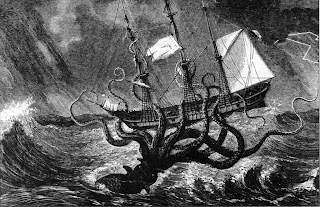The Book of the Dead is an ancient Egyptian funerary text, used from the beginning of the New Kingdom (around 1550 BCE) to around 50 BCE. The original Egyptian name for the text, transliterated rw nw prt m hrw is translated as "Book of Coming Forth by Day". Another translation would be "Book of emerging forth into the Light". The text consists of a number of magic spells intended to assist a dead person's journey through the Duat, or underworld, and into the afterlife.
The Book of the Dead was part of a tradition of funerary texts which includes the earlier Pyramid Texts and Coffin Texts, which were painted onto objects, not papyrus. Some of the spells included were drawn from these older works and date to the 3rd millennium BCE. Other spells were composed later in Egyptian history, dating to the Third Intermediate Period (11th to 7th centuries BCE). A number of the spells which made up the Book continued to be inscribed on tomb walls and sarcophagi, as had always been the spells from which they originated. The Book of the Dead was placed in the coffin or burial chamber of the deceased.
There was no single or canonical Book of the Dead. The surviving papyri contain a varying selection of religious and magical texts and vary considerably in their illustration. Some people seem to have commissioned their own copies of the Book of the Dead, perhaps choosing the spells they thought most vital in their own progression to the afterlife. The Book of the Dead was most commonly written inhieroglyphic or hieratic script on a papyrus scroll, and often illustrated with vignettes depicting the deceased and their journey into the afterlife.













